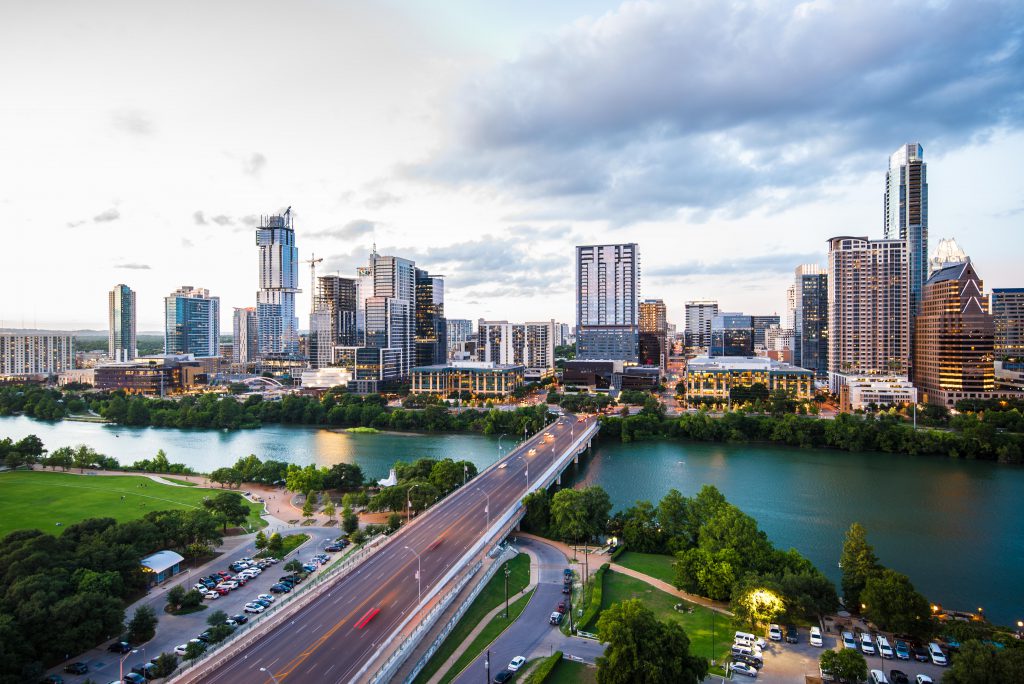Texas is one of the most populated and fastest growing states. Hundreds of thousands of people are moving to Texas every year as it offers an irresistible combination of great employment opportunities and highly affordable living. What makes moving to Texas so popular? Let’s explore the advantages the Lone Star State offers over others.
This Southern state is not just great in size, but in countless other areas as well: a variety of nature, tons of things to do, plentiful places to explore, and, of course, its rich and unique history. Major industries in Texas include agriculture, petrochemicals, energy, computers, aerospace, and biomedicine. The Lone Star State houses four national research universities along with a variety of professional and college sports teams.
Here are a few pros and cons to consider as you make your move to The Lone Star State:
As the 9th largest economy among the nations of the world, Texas offers a combination of unique competitive business advantages that no other state can claim: a business-friendly climate—with no corporate or personal income tax—along with a highly skilled and diverse workforce. Also Texas has unemployment rate dropped in December, 2022 to 3.9%.
Top Texas Industries: Information Technology, Oil and Natural Gas, Aerospace, Defense, Biomedical Research, Fuel Processing, Electric Power, Agriculture, and Manufacturing.
Texas’ public transit still has a long way to go to come close to what other US big cities have to offer. Because jobs are abundant, and Texas’ population is ample, you might spend a good deal of time in traffic. If you’re commuting to a bigger city to get to work, prepare to lengthen your commute time.
There are two major highways in Texas: the I-10 runs east-west, and I-35 runs north-south. Houston, Dallas, Austin, and San Antonio have major traffic problems, but traffic is still much more reasonable than in big cities like Los Angeles or NYC. If you’re living and working away from major hubs, you likely won’t have to deal with unreasonable traffic.
Texas offers a varied landscape, both in terms of terrain and cost of living. To get a sense of the overall cost of living in The Lone Star State, you need to delve into not only state-wide metrics, but also those of individual municipalities. While Texas has plenty of large cities, there are also places where prices and wages are rather low.
Overall, Texas is a favorable state for renters. More specifically, the median rate for studios, one bedrooms and two bedrooms is $796, $863 and $1,513, respectively, according to Apartment List data from 2021. When compared to the national averages of $827, $947 and $1,175 for the same apartment types, things look pretty good here.
Texas is famous for its cuisine, which ranges from Tex-Mex to barbecue to chili to Texas toast. According to the MIT Living Wage Calculator, a single adult with no children living in Texas should expect to spend $3,278 on food in a year. On the other hand, a family of two working adults with two children will spend $8,822 on food per year.
Moving is one of the most exciting and overwhelming events in our lives. While there are many moving companies and various different resources to choose from, there is only one Real Movers. If you are in the process of planning a long-distance move, and you are looking for a moving company you can trust, Real Movers is your perfect choice.















